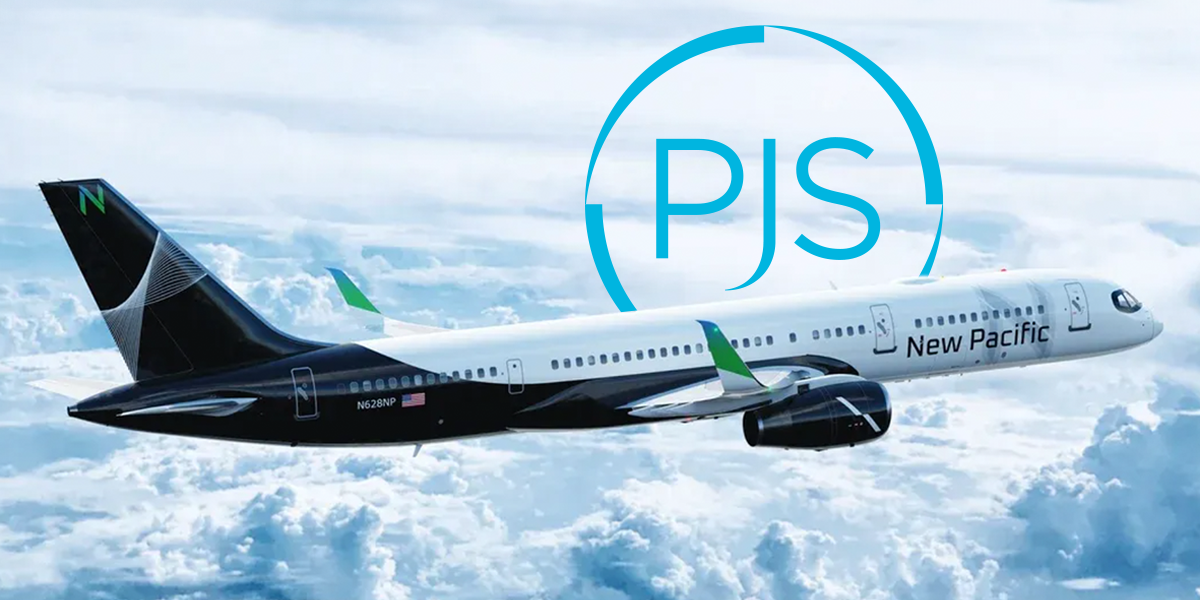“Aviation, in itself, is not inherently dangerous. But to an even greater degree than the sea, it is terribly unforgiving of any carelessness, incapacity or neglect.” — Captain A. G. Lamplugh, British Aviation Insurance Group, London.
Safety risk management is a key component of any Safety Management System (SMS). Before building or improving an SMS, you must identify the safety hazards to your operation and ensure you have controls in place to manage risk. Safety risk management activities include:
- Hazard identification
- Risk assessment (probability and severity of risk scenarios)
- Risk mitigation
- Risk acceptance
Using a simple example to demonstrate a complex process, crossing the street — One of the first things most kids learn once they are old enough to play outside is to look both ways before crossing the street.
- Hazard identification – cars driving down the street toward me
- Risk assessment – looking both ways to determine if a car is coming, the likelihood of it hitting me and the severity of the occurrence
- If a car comes while I am crossing, the probability is high that the car will hit me and the severity analysis includes a high possibility of injury/death
- If no cars are present, the probability of being hit is low and the severity associated with not being hit is also low
- Risk mitigation – wait until no cars are passing
- Risk acceptance – it is now acceptable to cross the street
High-performing aviation organizations with a robust SMS in place follow this process using the best data available across all activities in the organization. Those that adhere to industry best practices use proactive methods for hazard identification as much as possible.
Proactive hazard identification methods include analyzing systems’ performance and functions for intrinsic threats and potential failures. The most commonly applied proactive strategies are safety surveys, safety audits, safety monitoring and safety assessments.
Both reactive and proactive methods can provide an effective means of hazard identification. Incident investigation is one of the largest contributors in identifying hazards. In successful SMS, the proactive approach for hazard identification is utilized extensively, so the hazard is recognized and addressed before it turns into an occurrence.
Risk Management and Safety are key concerns for every organization, which is why our in-house safety team reviews and approves all aircraft, flight crew and FBOs to ensure they exceed PJS’ flight-specific requirements. Our customers trust us with these details so they can focus on their journey rather than the transportation.
At PJS, SMS is a fundamental requirement. This makes the success of our clients’ mission-critical air travel needs non-negotiable — a task that requires a level of sophistication, service, and reliability rarely found in the airline industry.




